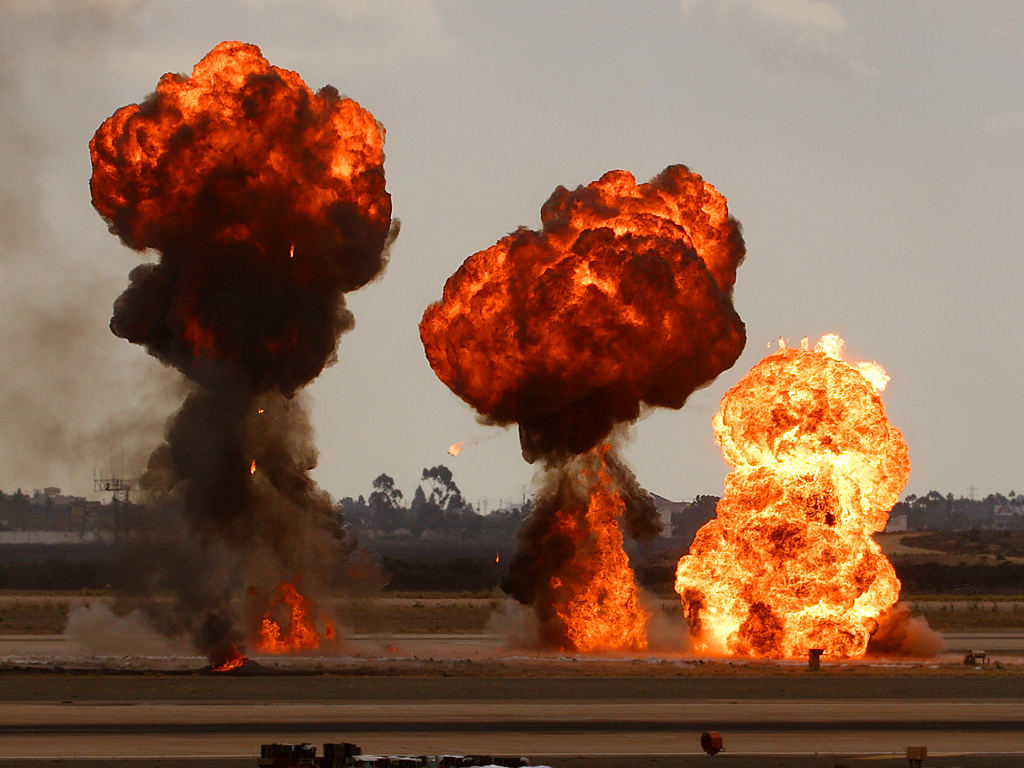
(Scypre.com) – A catastrophic explosion at Iran’s Shahid Rajaee port in Bandar Abbas on April 26 has resulted in at least 70 fatalities and over 1,200 injuries, according to official reports. However, mounting evidence and eyewitness accounts suggest that the actual death toll may be significantly higher, raising concerns about a governmental cover-up and fueling public unrest.
The blast occurred at a facility operated by Sina Port and Marine Services, a company affiliated with Bonyad Mostazafan, a powerful charitable foundation overseen by Supreme Leader Ayatollah Ali Khamenei. The explosion was reportedly linked to improperly stored chemical materials, possibly including missile fuel compounds like sodium perchlorate, which had recently arrived at the port aboard vessels tracked from China.
Satellite imagery analyzed by Planet Labs PBC revealed extensive damage to the port, with large areas of the container terminal destroyed and fires still burning two days after the explosion.
Iranian authorities have attributed the explosion to “human error” and denied any foreign sabotage. Mohammad Ashouri Taziani, governor of Hormozgan province, stated that preliminary investigations found no substantial evidence supporting sabotage theories.
Despite the scale of the disaster, officials have maintained that the port’s operations have resumed and that the situation is under control.
Eyewitnesses and independent reports suggest that the death toll is being underreported. Drone footage and satellite images indicate a blast radius and level of destruction inconsistent with the official casualty figures.
Furthermore, the presence of hazardous materials, including missile fuel compounds, raises questions about the nature of the cargo stored at the port and the potential risks involved.
The Iranian government faces accusations of suppressing information related to the explosion. Journalists report being barred from sharing information, and media outlets have faced legal action for reporting on the incident.
The incident has sparked public outrage and concerns about safety standards, transparency, and the handling of hazardous materials at critical infrastructure sites.
The explosion at Shahid Rajaee port draws parallels to past incidents involving chemical explosions, such as the 2020 Beirut port explosion. In both cases, the storage of hazardous materials in close proximity to populated areas led to devastating consequences.
Iran’s history of censoring or minimizing disaster reports further complicates the situation, as citizens and international observers question the accuracy of official statements.
The explosion has disrupted over half of Iran’s import and export activity, severely compromising the country’s loading and unloading operations. The incident may also strain Iran’s relations with neighboring countries and global institutions, especially if further evidence suggests negligence or misconduct.
As investigations continue, the Iranian government faces mounting pressure to provide transparent and accurate information about the explosion, address safety concerns, and ensure accountability for any lapses that led to the disaster.